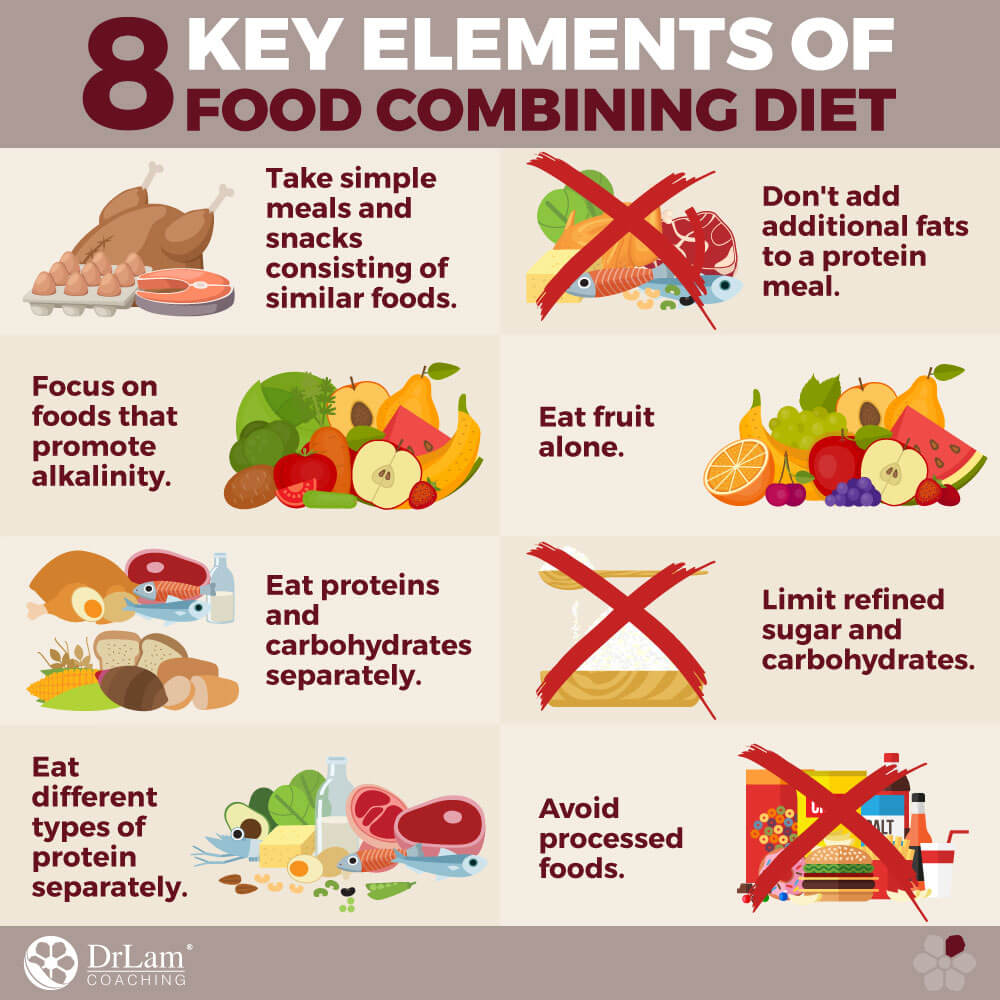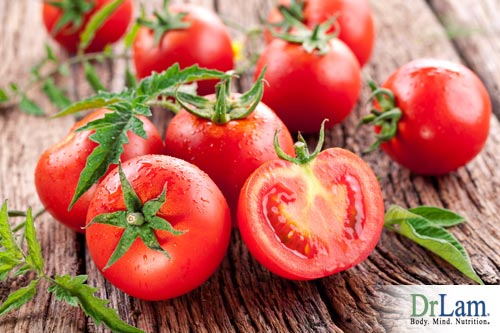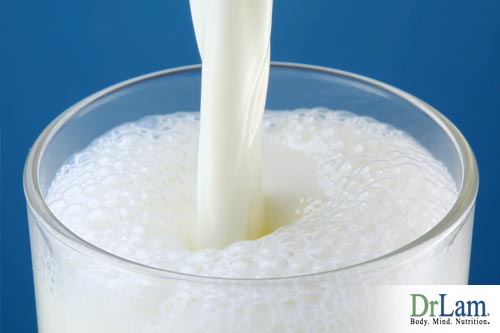 Adrenal fatigue and poor digestion lead to a vicious cycle. Poor digestion is both a primary cause and a common symptom of adrenal fatigue. One of the best ways to combat adrenal fatigue is to heal the digestive tract.
Adrenal fatigue and poor digestion lead to a vicious cycle. Poor digestion is both a primary cause and a common symptom of adrenal fatigue. One of the best ways to combat adrenal fatigue is to heal the digestive tract.
When your digestive system doesn’t work efficiently, the body cannot effectively absorb and utilize the nutrients from your food. This leads to several deficiencies, which elevates your stress levels. Increased stress slows the digestion system, causing food to stay in the digestive tract longer. This prolonged digestion causes a number of digestive issues in your body.
Scientists have recently discovered that your digestive tract does more than just break down food, it also governs a significant portion of your immune system. Poor digestion and nutrient deficiencies lead to a weakened immune system, leaving you vulnerable to illness.
The good news is, you can take back control! You can accomplish a healthier digestive tract by paying attention to what you eat, and being aware of the different types of food you eat together. Following a proper food combining diet will allow your body to break down food more efficiently and absorb nutrients more effectively.
Think about the way you eat like setting up for a party. An effective party with the right guests, food, and entertainment (proper food combinations) will allow your guests (the food you eat) to move smoothly and have a good time.

Eating the wrong combinations of food is like inviting guests that don’t get along with each other. The conversation soon turns to conflict, and no one has a good time. You probably already know that various food groups, such as proteins, starches, and sugars digest at different rates. What you may not know is that they also stimulate the secretion of different enzymes in the digestive tract. When you eat the wrong food combinations, the different enzymes interfere with each other, so you don’t digest your food as effectively. Unfortunately, poor food combinations have become common in the traditional American diet.
In fact, many digestive issues were virtually nonexistent earlier in our evolutionary history. In the past, people consumed very simple meals with only one or two food groups. It is no surprise that digestive issues are much less common in cultures where diets are more simple, consisting of less processed foods.
The 5 key elements to achieving a healthy food combining diet are:
 To understand the principles behind the food combining diet, it is important to understand how different foods are digested. Saliva contains alkaline enzymes that initiates the digestion of carbohydrates. These enzymes do not work in the acidic environment of the stomach. The carbohydrates are then released into the small intestine to finish digestion.
To understand the principles behind the food combining diet, it is important to understand how different foods are digested. Saliva contains alkaline enzymes that initiates the digestion of carbohydrates. These enzymes do not work in the acidic environment of the stomach. The carbohydrates are then released into the small intestine to finish digestion.
Protein, on the other hand, is not affected by the enzymes produced by saliva and does not begin the digestion process until it reaches the acidic environment in the stomach. It can take as long as three hours in the stomach before all of the protein is broken down into amino acid groups that are then broken down by enzymes in the small intestine.
The essence of the food combining diet is that meals and snacks should be simple, consisting of similar types of foods. However, it can be a little more complicated than just eating dissimilar foods at different times of the day. In some cases, such as protein, similar foods are better consumed in separate meals. Since different foods require unique environments for efficient digestion, indiscriminate food combining can causes the food to mix into a toxic sludge. Due to this toxic sludge, it becomes even more difficult to obtain optimal nutrition, leading to many of the symptoms seen from adrenal fatigue.
Join us, as we discuss some of the most problematic food combinations and why they should be avoided.
 Burger on a bun with fries, steak with baked potato, meat pizza, ham on rye, spaghetti with meat sauce; the list of common protein-carbohydrate combinations could go on and on. When protein is consumed with carbohydrates, the carbohydrates remain in the acidic stomach environment, where they can ferment and cause digestive distress. This fermentation interferes with the digestion of proteins, producing even more digestive distress. Of course, very few foods are 100% protein or carbohydrate. However, most whole, unprocessed or minimally processed foods contain much higher concentrations of either protein or carbohydrate.
Burger on a bun with fries, steak with baked potato, meat pizza, ham on rye, spaghetti with meat sauce; the list of common protein-carbohydrate combinations could go on and on. When protein is consumed with carbohydrates, the carbohydrates remain in the acidic stomach environment, where they can ferment and cause digestive distress. This fermentation interferes with the digestion of proteins, producing even more digestive distress. Of course, very few foods are 100% protein or carbohydrate. However, most whole, unprocessed or minimally processed foods contain much higher concentrations of either protein or carbohydrate.
If you are overwhelmed by the food combining diet and are confused or have trouble following some of the principles, start by eating your protein and carbohydrates at least 3-4 hours apart, and you should notice a significant improvement in your digestion. As your digestion improves, you should notice a decrease in your adrenal fatigue symptoms. As your condition begins to improve, you may find yourself motivated to follow the rest of the principles, which will further improve your symptoms.
Although protein is generally digested in an acidic environment, some proteins require different digestive enzymes in different strengths. Therefore, combining different types of protein may not be as disastrous as combining protein and carbohydrates. However, digestion is still more efficient when nuts, eggs, cheese, and different types of animal proteins are eaten separately. Unfortunately, this means the steak and shrimp combination is out.
Consuming fat with protein inhibits the secretion of digestive juices required to properly digest protein. The exception to this rule are the high protein foods that contain fat, because the fat that naturally accompanies protein does not inhibit digestion. The problem arises when free fats (butter or oil) are combined with protein, such as with fried chicken. In this case, the fat coats the stomach, making digestive juice secretion difficult. Although avocado (or olive oil) and nuts are very healthy foods, the potential combination is not ideal.
 Salivary enzymes require an alkaline environment, such as the normal environment in your mouth, to break down carbohydrates. Acidic foods, such as tomatoes, alter the slightly alkaline environment of your mouth, neutralizing these enzymes.
Salivary enzymes require an alkaline environment, such as the normal environment in your mouth, to break down carbohydrates. Acidic foods, such as tomatoes, alter the slightly alkaline environment of your mouth, neutralizing these enzymes.
Wait, doesn’t protein require digestive juices that work in an acidic environment? What could be a better combination with protein than acid? While it’s true that protein requires an acidic environment, the stomach is already acidic, and consuming acidic fruits inhibits the release of the digestive juices needed for protein. In addition, many acidic fruits are also high in sugar, which should not be consumed with protein, as it will sit in the stomach and ferment until the protein is broken down and released into the small intestine.
Starches and sugars are both simple carbohydrates. While refined sugar stimulates the salivary glands, it also alters the oral environment to make it more acidic, neutralizing the enzymes that break down carbohydrates. This is why foods like glazed donuts and fruit danishes are difficult to digest. With the enzymes neutralized, the carbohydrates ferment in the digestive tract, producing gas and bloating.
Consuming refined sugar stimulates the pancreas to release insulin and the adrenal glands to release cortisol. This places stress on the organs and leads to an imbalance of vital hormones and neurotransmitters. Hormonal imbalances are responsible for the symptoms of adrenal fatigue, including tiredness. That’s not to say you should swear off of sugar entirely. An occasional sweet treat is okay, the key word is occasional.
Actually, this is true for fruits in general, but melons are especially troublesome. Fruits, especially melons, are digested very quickly when consumed alone. When consumed with any other food, they remain the stomach and ferment. If you’re going to a summer barbecue, you’ll do better to eat your watermelon a half hour or so before your meal. The best time to eat fruit is for breakfast, when the digestive tract is clear of any other foods that could interfere with the digestion of the fruit.
 Cow milk is specifically designed for baby cows, not adult humans, or any human for that matter. In fact, it’s a genetic mutation in our relatively recent evolutionary development that allow humans to digest milk at all, lactose intolerance is the biological norm. If you can tolerate milk, and choose to drink it, it’s best consumed alone. Milk is digested in the first section of the small intestine, known as the duodenum, rather than in the stomach. Because of this, milk does not stimulate secretion of digestive juices, though the milk fat will coat the stomach and inhibit enzyme release. Acidic fruits can be eaten with milk, but much of the antioxidant benefit tends to be lost when they are eaten with milk.
Cow milk is specifically designed for baby cows, not adult humans, or any human for that matter. In fact, it’s a genetic mutation in our relatively recent evolutionary development that allow humans to digest milk at all, lactose intolerance is the biological norm. If you can tolerate milk, and choose to drink it, it’s best consumed alone. Milk is digested in the first section of the small intestine, known as the duodenum, rather than in the stomach. Because of this, milk does not stimulate secretion of digestive juices, though the milk fat will coat the stomach and inhibit enzyme release. Acidic fruits can be eaten with milk, but much of the antioxidant benefit tends to be lost when they are eaten with milk.
Artificial sweeteners, such as Nutrasweet and Sweet ‘n’ Low, are popular among those trying to lose weight. However, these substances can actually aggravate many problems. Similar to sugar, artificial sweeteners trigger the release of insulin and cortisol, without real sugar being present. This actually increases your cravings for sweet foods, and strains your adrenal glands without providing any energy.
In addition, artificial sweeteners have been shown to alter gut flora. This interferes with healthy digestion and causes a variety of unpleasant side effects, such as weight gain, migraines, digestive distress and allergic reactions. If you really want a sweet treat, skip artificial sweeteners and use natural sweeteners such as pure stevia, honey, pure maple syrup, blackstrap molasses, date sugar, and coconut sugar. Even refined sugar is a better choice than artificial sweeteners. Don’t be fooled by sweeteners claiming to be made from sugar. While this statement may be technically true, the resulting sweetener is substantially different from sugar.
You may have heard grapefruit or grapefruit juice should never be combined with certain medications, such as statins, cancer drugs, heart drugs, and some antibiotics. The reason for this is that grapefruit contains a substance that blocks the enzymes needed to metabolize these drugs. However, grapefruit is not the only fruit that contains this substance. Several other citrus fruits do as well, but grapefruit is the most widely studied. Consuming these fruits and juices with certain drugs, prevents the drugs from being metabolized properly. As a result, the high concentrations of the drug in your system can become dangerous, leading to increased risk of side effects. Another dangerous food/medication combination are limes and cough syrup containing dextromethorphan. For any medication you take, be sure to read all of the information provided.
 When blending up a green smoothie, it can be tempting to pack it full of various ingredients to give it the most powerful nutritional punch possible. However, the best smoothies for your digestive tract are ones that are limited to green veggies, fruits, and water. Problems can arise when seeds or milk (including nut milks) or other ingredients are added. When your smoothies follow the “simpler is better” rule along with proper food combinations, your digestive tract will be much more happier.
When blending up a green smoothie, it can be tempting to pack it full of various ingredients to give it the most powerful nutritional punch possible. However, the best smoothies for your digestive tract are ones that are limited to green veggies, fruits, and water. Problems can arise when seeds or milk (including nut milks) or other ingredients are added. When your smoothies follow the “simpler is better” rule along with proper food combinations, your digestive tract will be much more happier.
While these principles are often referred to as a food combining diet, it is important to recognize that this is more of a lifestyle than a diet. Keeping track of what foods can and cannot be eaten together may be overwhelming at first. Don’t be discouraged. Focus on one principle at a time for a couple of weeks. Get the hang of that one and notice how much better you feel before working on another. The food combining diet doesn’t have to be an all or nothing proposition. Even gradual changes will soon have you feeling on top of the world.
